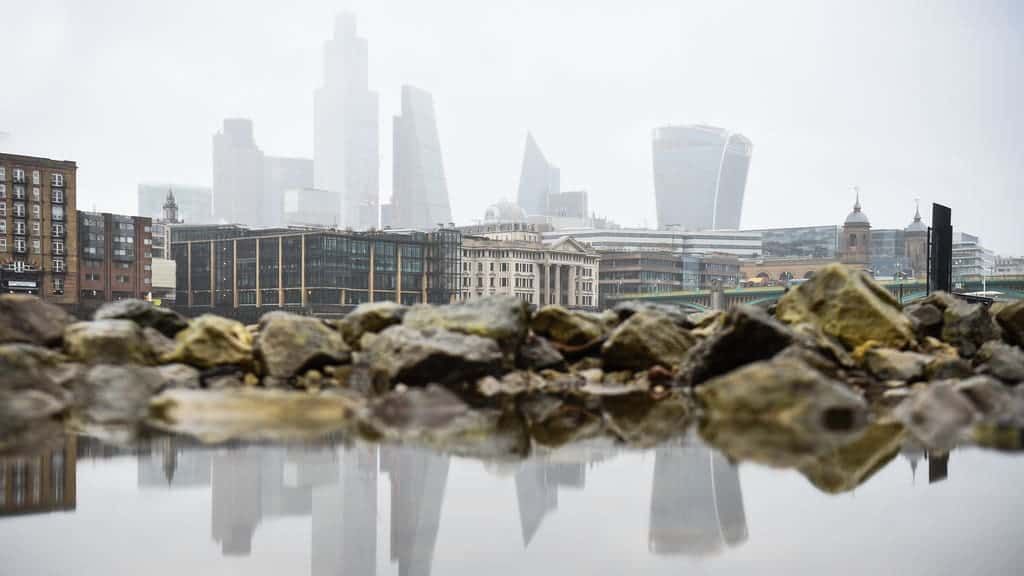
For most young people in London, buying a house is a dream they will never reach. This expectation was confirmed by the news that in 2020 London’s median house price broke the £500,000 barrier for the first time due to a 9.7 per cent rise in the prices in the city.
Since the Second World War, nationalisation of the planning system has resulted in an under-supply of houses that has driven up prices. And the problem has only got worse in recent years. For example, a house worth £100,000 in London 25 years ago would now be worth almost £650,000. This means the typical home is now over 12 times the median wage. A 2019 working paper by the Bank of England diagnosed this problem as resulting from a decrease in interest rates. However, such a fall in the interest rate does not necessarily have to cause such substantial increases in house prices. A history lesson reveals that the opposite can actually occur.
The 1930s saw the largest boom in housebuilding that London has ever seen, with total new builds exceeding 80,000 per year at one point. For comparison, just 32,000 were built in 2017/18 despite the population now being 12 per cent larger. This should lead most people to question what caused this boom, and why can’t we repeat it today?
The problems start with the green belt. Pre-WW2 Britain had no Greenbelt, nor planning permission system like today. This allowed developers to merely purchase a site, and build a house without jumping through any regulatory barriers (provided it was compliant with the bye-laws for that area). Today, the picture is very different. The Greenbelt currently takes up more than 12 per cent of the total area of England. Surrounding London entirely, it’s twice the size of Luxembourg.
This is not in itself a bad thing. A huge amount of the urban growth seen in the 1930s was through low-density suburbia, which comes with significant environmental costs. The further people live from city centres, the further they must travel to reach amenities forcing either public transportation costs or wider use of cars — usually both. Furthermore, density is also very useful for avoiding the effects of gentrification. Given the largest cost of building in urban areas is acquiring the land to build upon, if you can build more houses within a smaller space you can decrease the cost for each homeowner helping to avert people being priced out of their own neighbourhoods.
Yet, when you combine a greenbelt with a planning system where the presumption is weighted towards refusal, substantial problems arise. When considering whether or not to allow new houses to be built, local authorities are legally required to consult the opinions of current residents in the area, taking their views on the matter into account. However, problems arise when the people who generally take part in these processes are older and wealthier homeowners who would benefit from a shortage. This is because in a shortage home prices will rise, therefore making homeowners investment more lucrative. The institutional framework is designed in a way where a refusal is often predetermined.
You’re not allowed to build wider due to the greenbelt, and you can’t build denser because local authorities won’t let you. So, where can you build? The answer is nowhere.
The conditions we find ourselves in right now are very similar to that we saw after the Great Depression. Wages and interest rates are down; people are willing to buy houses, and developers are willing to build them. The only barrier is the state. House building helped get Britain out of depression. In 1932, 17 of the increase in GDP came from this sector alone. When looking at how to recover from Coronavirus, London should take lessons from its older, wiser 1930s self. By building more houses, we can help lessen the largest cause of poverty in the capital and help the city recover from the economic disaster that COVID-19 has ruptured.
Taking the simple lesson from the 1930s that we should allow builders to build houses would have a demonstrably positive impact on London. It would raise growth, decrease prices and poverty making London more liveable for the people who live here.
Related: Bankrupting a hedge fund: How micro-investors beat the mega-rich at their own game